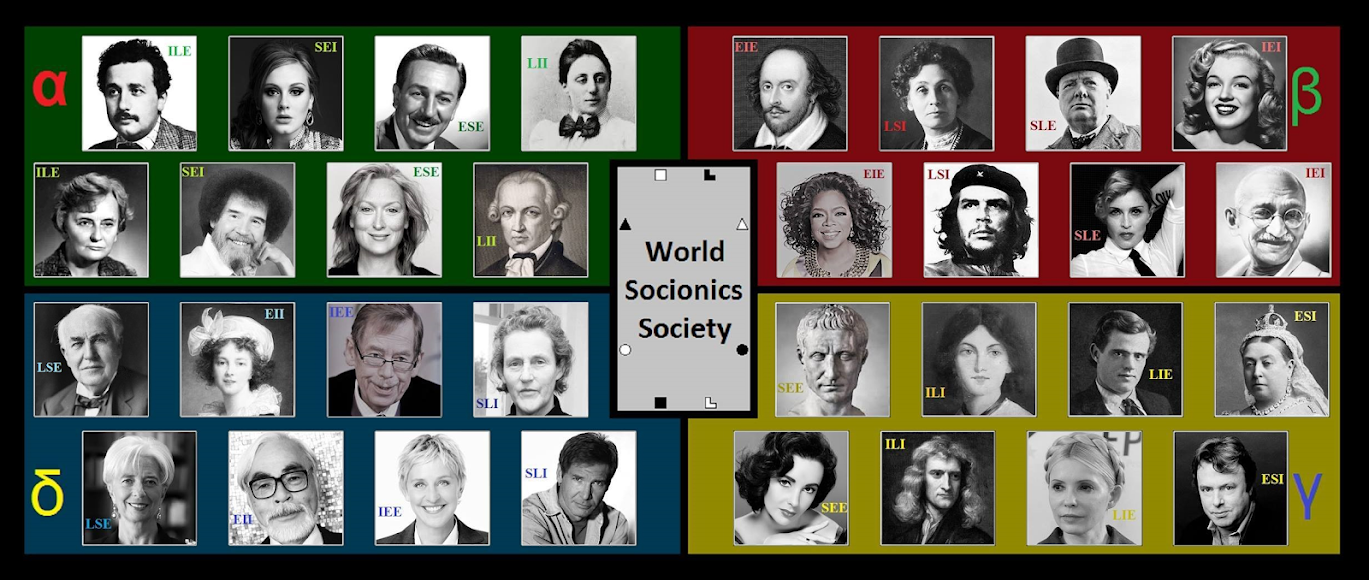 David Robert Jones, known by his stage name 'David Bowie', was an English singer, songwriter, multi-instrumentalist, record producer, painter, and actor. His career spanned five decades and his work especially known for its innovative design, as well as reoccurring themes of reinvention and visual representation. He had a great impact on popular music, continuously changing and redefining his style and image over the years, thus standing out for his originality. These changes were often so apparent and variant, that he has been called a 'musical chameleon'.
David Robert Jones, known by his stage name 'David Bowie', was an English singer, songwriter, multi-instrumentalist, record producer, painter, and actor. His career spanned five decades and his work especially known for its innovative design, as well as reoccurring themes of reinvention and visual representation. He had a great impact on popular music, continuously changing and redefining his style and image over the years, thus standing out for his originality. These changes were often so apparent and variant, that he has been called a 'musical chameleon'.Interviews with David Bowie reveal a highly creative individual, but one that needed and thrived on the presence of conflict and turbulence in order to create. Bowie mentions his past of deliberately creating conflicts in the people around him, often to the negligence of their state of mind. From then, Bowie learned to observe the conflict in others and to draw inspiration from that. This is quite in line with someone from an E & F valuing quadra, which desires intensity of feeling and action in their work. In addition the ability and willingness to manipulate emotion in friends suggests a focus on and ability with E with little concern for R.
Bowie's motivations for going into music have also been expressed, with him being drawn to music as a 'revolution' of sorts. This shows from the beginning how he saw music as a medium to effect change, and that he was not so interested in the melodies in the music to begin with. We see in this, someone very much driven, not by their personal satisfaction or enjoyment of music, but by the effect that creativity can have on others and that great change can be enacted through such creativity. Similar themes exist in his discussion of other topics such as the internet. Bowie excitedly discussed the "feeling permeating music... and the internet", that something amazing would happen in "the construction between artist and audience", how the audience is becoming more important than the artist him/herself. His excitement about this lacked much cohesion, and he seemed much more able to convey how great such changes are, than define its make-up in any concrete terms. This approach shows clear Beta values, specifically towards profound, world-changing emotions (E+T) with an absence of clarity or definition, suggesting weak L.
An impression is also given of a highly addictive, chaotic man, who needed clear rules of abstention to avoid going off the deep end. Having suffered from alcoholism, he cited an absolute rule that he must never have alcohol again or it would have been the death of him. This was a man who had trouble monitoring his appetites and needed the help of his friends and strong boundaries to keep himself in check. In this regard, we see not only a great incontinence with S, but also a dependence on L to provide a stability he has difficulty providing for himself. This is quite in line with S4 and L5.
Additionally, Bowie drew on a wide range of influences in the creation of his music, and was an active instigator of a range of new, avante-garde ideas in the medium, as well as in other media, such as film and art. This is quite in line with someone who could expertly process the many possibilities open to them and utilise interesting and alternative avenues in their work, typical of very strong I. Given the clear Beta motivations, this fits very well for I8.
We thus see someone very typical of Beta revolutionary values with an Ego focus on E+T and likely S4 and L5. Finally, Bowie first emphasises the connection with the audience, effecting world change largely through how his artwork affects them, and second, emphasises himself being the active initiator of world-change, suggests E & F as Bold motivators. The relative absence of analytical prediction or setting out clearly how things will develop in the long term suggests that T & L are more Cautiously used. The long term revolution for Bowie seemed entirely to do with how he reached out to his audience and it seems completely unclear as to the motivation or ideology behind this change. This would strongly point to E1+T2 and F6+L5 for his valued functions.
One might argue that David Bowie's initial nervousness on stage, leading to his creation of the Ziggy Stardust persona, suggests a more 'Introverted' type. However, this is a misconception, as one's shyness has little to do with one's energy and whether they tend to energise the environment and cause things to happen or integrate and make it fit with one's needs and standards. It seems clear in that Bowie is the former. Furthermore, an EIE may often worry over how they might come across in a particular situation, disliking elements outside their control undermining the projects they are working on. Their F6 is Bold enough to get them into high pressure scenarios, but Weak enough to leave them feeling paralysed and needing support in unfamiliar situations. As such, it is not unusual for David to be an Energiser in Socionics and have hidden behind a persona when performing.
As such, the identification of E1, T2, S4, L5, F6 and I8 make EIE the most likely type for Bowie.
To learn more about the EIE, click here.
If you are confused by our use of Socionics shorthand, click here.
Sources
Wikipedia article
Interview

No comments:
Post a Comment